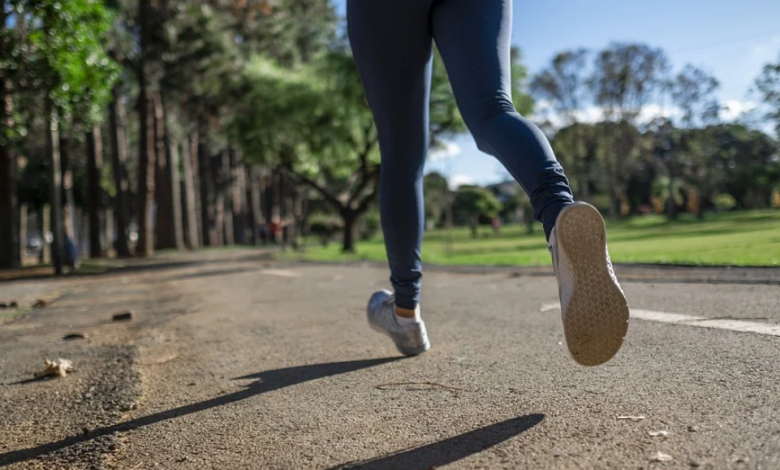Guidelines for Progress in Career Trainings in Confinement
In order for you to continue making adequate progress, we will develop several guidelines to keep in mind.

Surely you have already completed your first outdoor race training. In order for you to continue making adequate progress, we will develop several guidelines to keep in mind.
Before talking to you about progression in your own career training, we recommend 6 exercises you can include in your warm-ups prior to training.
6 exercises before training
These exercises have as main objective the muscle-tendon strengthening of the foot, as well as the main muscles involved in the career gesture:
1. Pick up small objects with your feet. They can be pens, marbles, wrinkling a towel, etc.
2. Stand on tiptoe, both with two legs and one lame leg
3. Mobilize your toes. Raise only the thumb, then the rest of the fingers, keep them raised and descend only the thumb, and finally, keep your thumbs raised and lower the rest of the fingers.
4. Walk on his back, mainly to perform eccentric work on the Achilles tendon and avoid injuries
5. Down stairs and slopes to work the lower body muscles eccentrically
6. Perform variations of the “gluteal bridge” exercise: on the ground, over height and support only toes, supporting only heels, with a raised leg, etc.
In relation to training volumeWe have previously recommended some guidelines depending on the type of physical activity that you would have carried out during confinement.
How to increase the volume of the race?
Continuing with the objective of getting about 30-40 minutes of continuous running within 3-4 weeks we discuss 2 ways to increase the volume weekly:
The 10% Rule.
It is as simple as programming a volume that does not exceed more than 10% of that made the previous week. For example, if during the first week you have made a total of 15Km, the following week you should do between 15 and 16,5Km.
The Chronic Acute Load Ratio
The ACWR, Acute: Chronic Workload Ratio, consists of dividing the acute workload (the current one for the week to be performed) by the chronic load (the average load carried out in a given previous period, normally 4 weeks).
The ratio is divided into 5 categories that establish the risk of injury: Very low: <0,49; Low: 0,50-0,99; Moderate: 1,0 - 1,49; High: 1,50 - 1,99; Very high: 2,0.
Taking it into practice we can assume that the last 4 weeks we have made 11Km / 12,5Km / 13,5Km and 15Km, respectively.
This is an average of 13Km per week. If we wanted to do 16Km next week: ACWR = 16/13 = 1,23 Moderate risk of injury.
It is also very important
- Reduce impact exercises in workouts you do at home
- Maintain strength training 2-3 days a week,
- Include specific exercises for core musculature
- Do flexibility and mobility exercises
Finally, we advise you to put yourself in the hands of a professional to carry out a training according to your needs and physical condition.
References
Murray NB, Gabbett TJ, Townshend AD, Blanch P. Calculating acute: chronic workload ratios using exponentially weighted moving averages provides a more sensitive indicator of injury likelihood than rolling averages. Br J Sports Med. 2017; 51 (9): 749-754. Williams S, West S, Cross MJ, Stokes KA. Better way to determine the acute: chronic workload ratio? Br J Sports Med. 2017; 51 (3): 209-210.
Laura García Cervantes

Dra. Science of Physical Activity and Sport
There are no previous results.





























